Pasiniazid
Synonym(s):Isonicotinic acid hydrazide p-aminosalicylate salt
- CAS NO.:2066-89-9
- Empirical Formula: C13H14N4O4
- Molecular Weight: 290.27
- MDL number: MFCD00079376
- EINECS: 218-183-2
- SAFETY DATA SHEET (SDS)
- Update Date: 2024-11-19 20:33:22
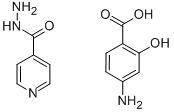
What is Pasiniazid?
Originator
Pasinazid, Yick-Vic Chemicals
The Uses of Pasiniazid
Pasiniazid is an antituberculous agents against several species of rapidly growing mycobacteria (RGM).
The Uses of Pasiniazid
antibacterial (tuberculostatic)
Manufacturing Process
10 parts by weight of isonicotinoyl hydrazine was dissolved in 200 by volume of methanol by stirring at 60°C. Then 11.2 parts 4-aminosalycylic acid was added at 60°C. On cooling a salt of both compounds crystallized as yellow prisms with MP: 135°-140°C (decomposed).
Isonicotinic acid hydrazide compound with 4-aminosalicylic acid may be prepared from the same components by using 750 parts of water by volume as a solvent.
10 parts 4-aminosalicylic acid was dissolved in 600 volume parts of water containing 39 parts by volume 2 N ammonium hydroxide. 9 parts by weight isonicotinoyl hydrazide was added and the mixture was heated to 30°C. The solution was acidified with 49 parts by volume of 2 N acetic acid. On cooling isonicotinic acid hydrazide compound with 4-amino-salicylic acid crystallized, which decomposed at 135°-140°C.
The yield was almost quantitative
Therapeutic Function
Antitubercular
Properties of Pasiniazid
| Melting point: | 142-144° |
| storage temp. | Keep in dark place,Inert atmosphere,Room temperature |
| solubility | Water |
| form | neat |
| form | Solid |
| color | Light yellow to khaki |
Safety information for Pasiniazid
| Signal word | Warning |
| Pictogram(s) |
 Exclamation Mark Irritant GHS07 |
| GHS Hazard Statements |
H302:Acute toxicity,oral H315:Skin corrosion/irritation H319:Serious eye damage/eye irritation H335:Specific target organ toxicity, single exposure;Respiratory tract irritation |
| Precautionary Statement Codes |
P261:Avoid breathing dust/fume/gas/mist/vapours/spray. P264:Wash hands thoroughly after handling. P264:Wash skin thouroughly after handling. P270:Do not eat, drink or smoke when using this product. P301+P312:IF SWALLOWED: call a POISON CENTER or doctor/physician IF you feel unwell. P302+P352:IF ON SKIN: wash with plenty of soap and water. P305+P351+P338:IF IN EYES: Rinse cautiously with water for several minutes. Remove contact lenses, if present and easy to do. Continuerinsing. |
Computed Descriptors for Pasiniazid
New Products
(S)-3-Aminobutanenitrile hydrochloride 4-Methylphenylacetic acid N-Boc-D-alaninol N-BOC-D/L-ALANINOL Tert-butyl bis(2-chloroethyl)carbamate 3-Morpholino-1-(4-nitrophenyl)-5,6-dihydropyridin- 2(1H)-one Furan-2,5-Dicarboxylic Acid Tropic acid 1-Bromo-3,5-Di-Tert-Butylbenzene S-2-CHLORO PROPIONIC ACID ETHYL ISOCYANOACETATE 2-Bromo-1,3-Bis(Dimethylamino)Trimethinium Hexafluorophosphate 4-IODO BENZOIC ACID 3-NITRO-2-METHYL ANILINE 1-(2,4-DICHLOROPHENYL) ETHANAMINE (2-Hydroxyphenyl)acetonitrile 4-Bromopyrazole 2-(Cyanocyclohexyl)acetic acid 4-methoxy-3,5-dinitropyridine 1-(4-(aminomethyl)benzyl)urea hydrochloride 2-aminopropyl benzoate hydrochloride diethyl 2-(2-((tertbutoxycarbonyl)amino) ethyl)malonate tert-butyl 4- (ureidomethyl)benzylcarbamate Ethyl-2-chloro((4-methoxyphenyl)hydrazono)acetateRelated products of tetrahydrofuran
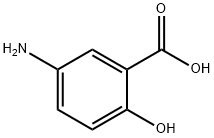
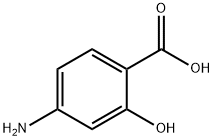
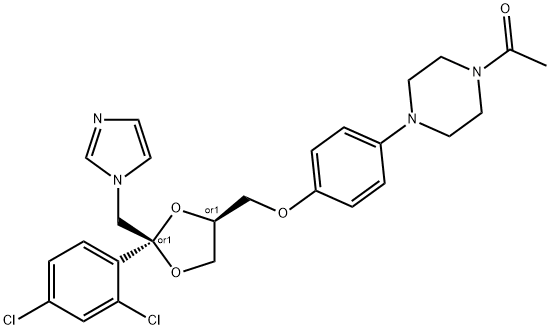


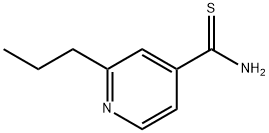
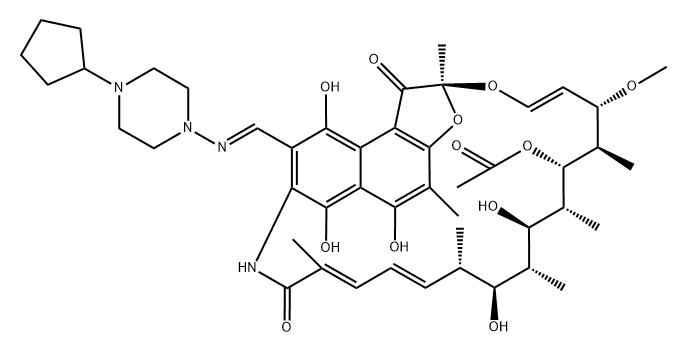
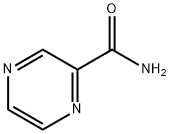
You may like
-
 2033-24-1 98%View Details
2033-24-1 98%View Details
2033-24-1 -
 42831-50-5 5-METHYLISOXAZOLE-4-CARBOXYLIC ACID 98%View Details
42831-50-5 5-METHYLISOXAZOLE-4-CARBOXYLIC ACID 98%View Details
42831-50-5 -
 1975-50-4 98%View Details
1975-50-4 98%View Details
1975-50-4 -
 2-HYDROXY BENZYL ALCOHOL 98%View Details
2-HYDROXY BENZYL ALCOHOL 98%View Details
90-01-7 -
 2-Chloro-1,3-Bis(Dimethylamino)Trimethinium Hexafluorophosphate 221615-75-4 98%View Details
2-Chloro-1,3-Bis(Dimethylamino)Trimethinium Hexafluorophosphate 221615-75-4 98%View Details
221615-75-4 -
 61397-56-6 CIS BROMO BENZOATE 98%View Details
61397-56-6 CIS BROMO BENZOATE 98%View Details
61397-56-6 -
 14714-50-2 (2-Hydroxyphenyl)acetonitrile 98+View Details
14714-50-2 (2-Hydroxyphenyl)acetonitrile 98+View Details
14714-50-2 -
 118753-70-1 98+View Details
118753-70-1 98+View Details
118753-70-1